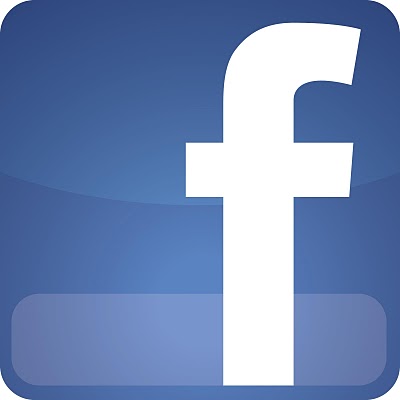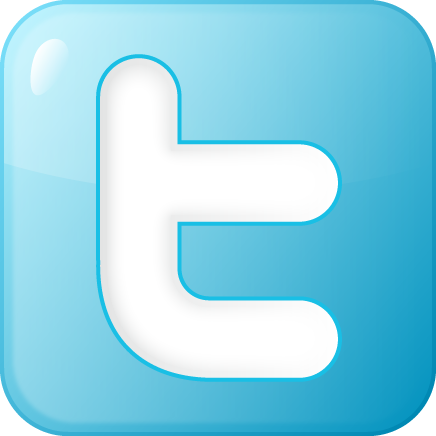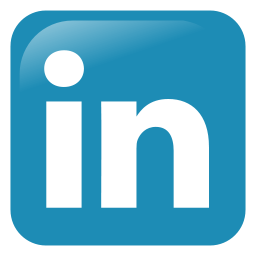Creating an online presence takes more than just signing up for a website. As a business entity, you need to be able to properly understand and use social media to help you get your message out there. When done right, social media marketing can expand your reach, influence your followers (and their subsequent connections) and excite and engage your audience. The increase in brand awareness translates to brand advocacy, which in turn results in boosted sales.
But where to begin? How do you choose from the plethora of networks? If you’re thinking about signing up for them all, that’s a rookie mistake. Unless you have the resources to manage these accounts efficiently, you might as well throw paper planes, because that’s as far as you’re going to go.
So the question is which is the right social media platform for you? To answer this, you need to consider the following aspects:
1. What are the strengths of the platform?
Each social media platform has its own formula to help you succeed. You need to figure out why you are using whichever platform and how you need to organise your content accordingly in order for it to start trending/ reach your target audience. For example, if you’re a B2C brand and want to host live sessions to engage with your customers – Facebook and Instagram would be your best bet.
2. What is the audience available on this platform?
Twitter has its information junkies, Facebook has its broad spectrum but mostly adults and LinkedIn has professionals. Study the demographics of usage for the social media of your choice to better understand who is most likely to come across your posts.
3. Will I be able to appropriately market my product here?
Once you know who you’re marketing to and how you should be marketing your brand, then you can decide which platform would best suit your needs.
I know that there’s a bunch of platforms out there, but let’s just examine the purposes of the major ones (in terms of social media marketing)
Facebook

Facebook is the tool for beginners in social media marketing. It boasts of the largest user network, with over a billion profiles , and is a great place to start building your fan base. It helps you gain brand loyalty and a solid reputation. You will need to learn how to use status updates and photos to share your products, offers, and services. Don’t post too often, maybe four times a week, and maintain a regular schedule for posting.
Your profile should have information about the brand, how you treat and interact with your customers, and other general information about your manner of operation like your contact information, related products and so on. If possible, try to include customer reviews. Facebook works great if you can share stories that audience members find relatable.
Keep in mind that Facebook is mainly used by people to connect with their family and friends. Your marketing strategy cannot just be about advertising your product. You need to find ways to engage the audience, study their “like” patterns and pay attention to their comments. The more audience engagement you can incite, the more likely you are to attract and retain an active fan base.
Another thing you could do is conduct regular contests. These could be an invitation to your fans to share innovative ways of using the products. Reward referrals and build the fan base. Encourage, share and reward the activities of the fan clubs on the main page and create links on other groups based on your target audience.
Twitter
 Twitter is a vast ocean of information of 140 characters or less content waiting to be discovered, followed and re-tweeted. It’s a great way of making new contacts and developing business relationships. Once you make these connections, you can further develop them by using other forms of communication. The key to Twitter is to keep it short and to keep throwing it out there. You need to keep up with the pace, or your message will be lost in the sea of tweets. You don’t need to keep tweeting though. There are a lot of wonderful apps like DrumUp that can help you set and schedule your tweets to be posted throughout the day. Twitter is the right choice for you if your marketing strategy involves sharing fresh and quick updates, promoting new content and collecting instant feedback from your audience. The most important feature of Twitter to understand is the “hashtag” feature. To succeed at Twitter, you’ll have to learn how to hashtag right, because hashtags are what get you trending.
Twitter is a vast ocean of information of 140 characters or less content waiting to be discovered, followed and re-tweeted. It’s a great way of making new contacts and developing business relationships. Once you make these connections, you can further develop them by using other forms of communication. The key to Twitter is to keep it short and to keep throwing it out there. You need to keep up with the pace, or your message will be lost in the sea of tweets. You don’t need to keep tweeting though. There are a lot of wonderful apps like DrumUp that can help you set and schedule your tweets to be posted throughout the day. Twitter is the right choice for you if your marketing strategy involves sharing fresh and quick updates, promoting new content and collecting instant feedback from your audience. The most important feature of Twitter to understand is the “hashtag” feature. To succeed at Twitter, you’ll have to learn how to hashtag right, because hashtags are what get you trending.
LinkedIn
 LinkedIn is like your online CV. It is useful for gathering valuable insights in your field of work, finding business connections or to seek out other professionals. The crux of this society is prospective employers and employees. One of the important features of LinkedIn is the groups, where you can find like-minded people to discuss the areas of your industry, network with them and broadcast your skills. You can also find and maintain a relationship with your target audience
LinkedIn is like your online CV. It is useful for gathering valuable insights in your field of work, finding business connections or to seek out other professionals. The crux of this society is prospective employers and employees. One of the important features of LinkedIn is the groups, where you can find like-minded people to discuss the areas of your industry, network with them and broadcast your skills. You can also find and maintain a relationship with your target audience
Since the users are here with a specific purpose of employment and networking, Linkedin is good for individual branding and corporate branding.
So to sum up, go to Facebook if you want to detail your business and keep it as the base of your operations, turn to Twitter if you need to give out constant, crisp shoutouts and LinkedIn is where you will find other professionals. Most businesses aim at creating and managing accounts on all three of these sites to complete their online presence.
Picture Courtesy: commons.wikimedia.org
Social Media Marketing: How to pick the right platform
Creating an online presence takes more than just signing up for a website. As a business entity, you need to be able to properly understand and use social media to help you get your message out there. When done right, social media marketing can expand your reach, influence your followers (and their subsequent connections) and excite and engage your audience. The increase in brand awareness translates to brand advocacy, which in turn results in boosted sales.
But where to begin? How do you choose from the plethora of networks? If you’re thinking about signing up for them all, that’s a rookie mistake. Unless you have the resources to manage these accounts efficiently, you might as well throw paper planes, because that’s as far as you’re going to go.
So the question is which is the right social media platform for you? To answer this, you need to consider the following aspects:
1. What are the strengths of the platform?
Each social media platform has its own formula to help you succeed. You need to figure out why you are using whichever platform and how you need to organise your content accordingly in order for it to start trending/ reach your target audience. For example, if you’re a B2C brand and want to host live sessions to engage with your customers – Facebook and Instagram would be your best bet.
2. What is the audience available on this platform?
Twitter has its information junkies, Facebook has its broad spectrum but mostly adults and LinkedIn has professionals. Study the demographics of usage for the social media of your choice to better understand who is most likely to come across your posts.
3. Will I be able to appropriately market my product here?
Once you know who you’re marketing to and how you should be marketing your brand, then you can decide which platform would best suit your needs.
I know that there’s a bunch of platforms out there, but let’s just examine the purposes of the major ones (in terms of social media marketing)
Facebook
Facebook is the tool for beginners in social media marketing. It boasts of the largest user network, with over a billion profiles , and is a great place to start building your fan base. It helps you gain brand loyalty and a solid reputation. You will need to learn how to use status updates and photos to share your products, offers, and services. Don’t post too often, maybe four times a week, and maintain a regular schedule for posting.
Your profile should have information about the brand, how you treat and interact with your customers, and other general information about your manner of operation like your contact information, related products and so on. If possible, try to include customer reviews. Facebook works great if you can share stories that audience members find relatable.
Keep in mind that Facebook is mainly used by people to connect with their family and friends. Your marketing strategy cannot just be about advertising your product. You need to find ways to engage the audience, study their “like” patterns and pay attention to their comments. The more audience engagement you can incite, the more likely you are to attract and retain an active fan base.
Another thing you could do is conduct regular contests. These could be an invitation to your fans to share innovative ways of using the products. Reward referrals and build the fan base. Encourage, share and reward the activities of the fan clubs on the main page and create links on other groups based on your target audience.
Twitter
LinkedIn
Since the users are here with a specific purpose of employment and networking, Linkedin is good for individual branding and corporate branding.
So to sum up, go to Facebook if you want to detail your business and keep it as the base of your operations, turn to Twitter if you need to give out constant, crisp shoutouts and LinkedIn is where you will find other professionals. Most businesses aim at creating and managing accounts on all three of these sites to complete their online presence.
Picture Courtesy: commons.wikimedia.org
Get A Quote
Write for us
Categories
Recent Posts